Search for articles, topics or more
browse by topics

Search for articles, topics or more

The importance of being together during the holiday season, from two different points of view
Design historian Catharine Rossi examines conviviality at the table in 20th- and 21st-century design, explaining how different designers have interpreted eating and drinking together.
In response, four of Molteni&C’s iconic tables are festively set for celebrations all over the world.
DESIGNING HOSPITALITY
“The role of the architect, or the designer, is that of a very good, thoughtful host, all of whose energies go into trying to anticipate the needs of his guests.”
Charles Eames
For Charles and Ray Eames, design was not just about creating objects. The celebrated duo understood that design is as much about creating experiences as objects, and objects play a role in creating experiences. Ray would prepare meals on tables beautifully laid with tablecloths, napkins, flowers and other decorations. Guests would be treated to specially sourced and simply prepared foods to enjoy together, turning an everyday activity into a celebration of commensality and conviviality.
Created for the eye as much as the stomach, the Eameses’ theatrical hospitality exemplifies how design is the invisible guest at feasts all around the world, where friends and family celebrate religious festivals, the arrival of a new season, a new year, or just a new day. Dining collectively is about more than just food: it is about coming together to discuss and debate, to break bread and break down boundaries, continue old traditions and start new ones.
The furnishings and spaces used for eating together have transformed significantly since the first appearance of table-like stands for food in Ancient Egypt. While Roman guests dined at small and round tables in separate triclinium, the multifunctional halls of Medieval castles were furnished with trestle tables for communal dining that were taken apart at the meal’s end. Innovations such as extendable, drop leaf, and gate leg tables arose between the 16th and 18th centuries, while the 19th century saw the advent of a key fixture of the contemporary social calendar, the dinner party. Into the 20th century, and the 1950s and 60s heralded a transformation that is still influencing homes today: the removal of a separate dining room in favour of more informal open-plan living, in which both everyday dining and celebratory meals take place between kitchen islands and corner sofas.
The Eameses approach exemplified designers’ growing interest in food in the 20th century, which resulted in projects such as the Austrian designer Hans Hollein’s table of breads from around the world, created for the MAN TransFORMS exhibition (1976) at New York’s Cooper Hewitt Museum. The display materialised Hollein’s interest in design’s relationship with daily life and the simultaneous universality and rich diversity of this food staple.
The 2000s has seen a new explosion of designers interested in food and the eating experience. Self-described “eating designer” Marjie Vogelzang pioneered the concept of food as a material, creating installations such as Sharing Dinner (2005), in which diners were separated by vertical tablecloths with holes to poke their heads through.
For Total Trattoria (2008), meanwhile, the Italian designer Martino Gamper collaborated with friends to design and make every aspect of a dinner, from the kitchen to the tables, chairs and cutlery, and down to the food itself.
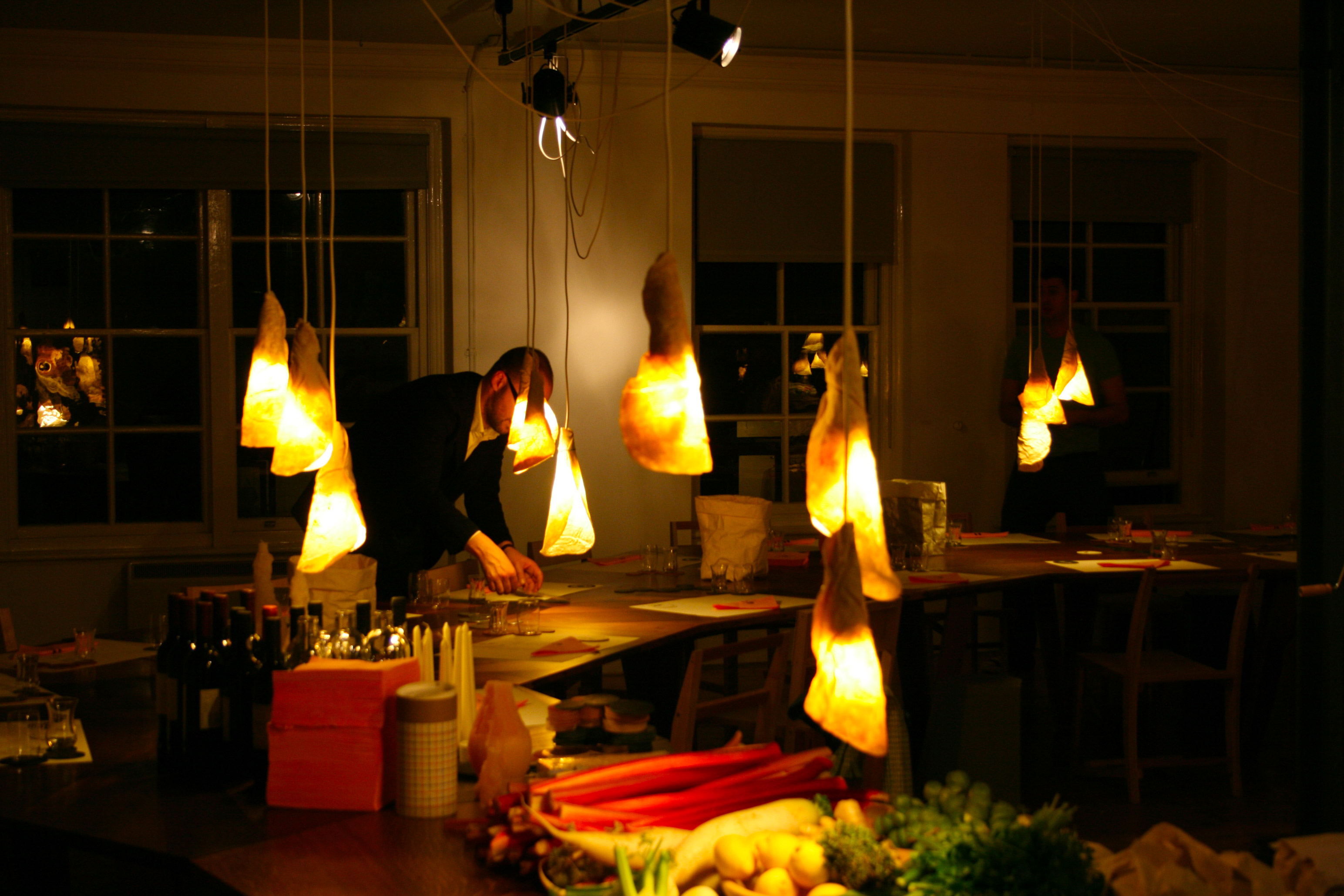 Total Trattoria (2008) - Martino Gamper
Total Trattoria (2008) - Martino Gamper
More recently, designers have been inviting us not just to eat with other people, but with other creatures too. London-based Superflux’s Refuge for Resurgence (2021) is a four-metre long oak table with tree trunk stools and tailor-made place settings for 14 surprising guests: a beaver, cow, fox, pigeon, rat, raven, snake, wasp, wild boar, wolf, mushroom, two adult humans and one child. This speculative multi-species dinner is a call to end the destructive division between humans and nature that has marked the Anthropocene, and replace it with a more harmonious relationship instead. Interdisciplinary collective The Decorators have extended their dining invitation even further. Based on research that showed that certain bacteria eat synthetic materials such as plastics, they created the inflatable polyurethane Portal Tables (2021) for the communal making of foods such as kimchi (made from fermented cabbage and radish napa) and bread dough (with its active yeast ingredient). It seems dining is always a social experience, even when we think we’re eating alone.
.jpg)
It makes sense to see food and feasting as the key to these designers’ messages of collectivity and environmental harmony: when we eat together, we are not just connecting with those seated next to us, but with all those involved in the global food economy. In the 21st century it seems that design has to be more hospitable and thoughtful than ever before. The designer’s role is not just to anticipate the needs of guests invited to the table, but to consider the impact of those needs on those not invited too.
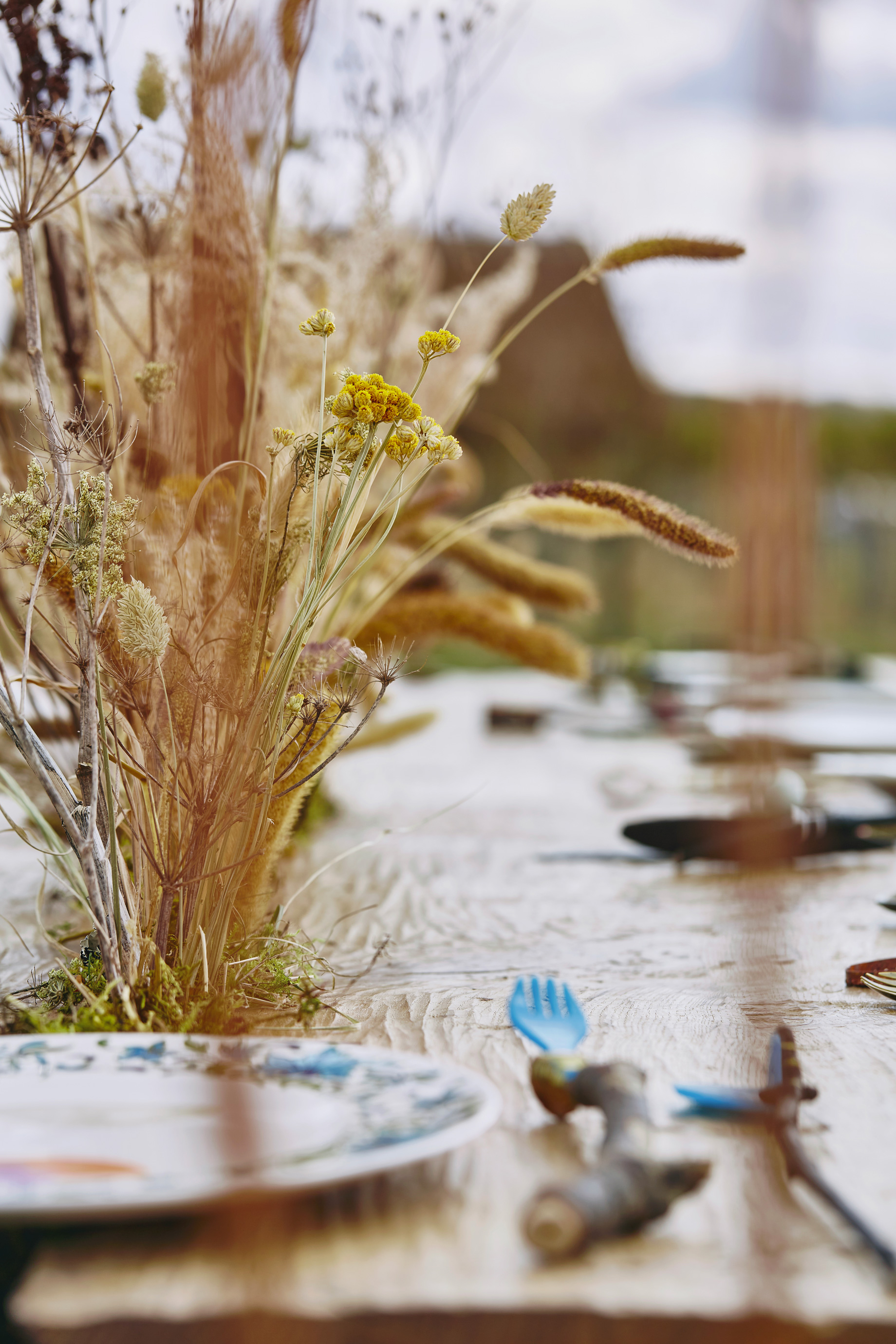 Refuge for Resurgence (2021) - PH: Mark Cocksedge
Refuge for Resurgence (2021) - PH: Mark Cocksedge
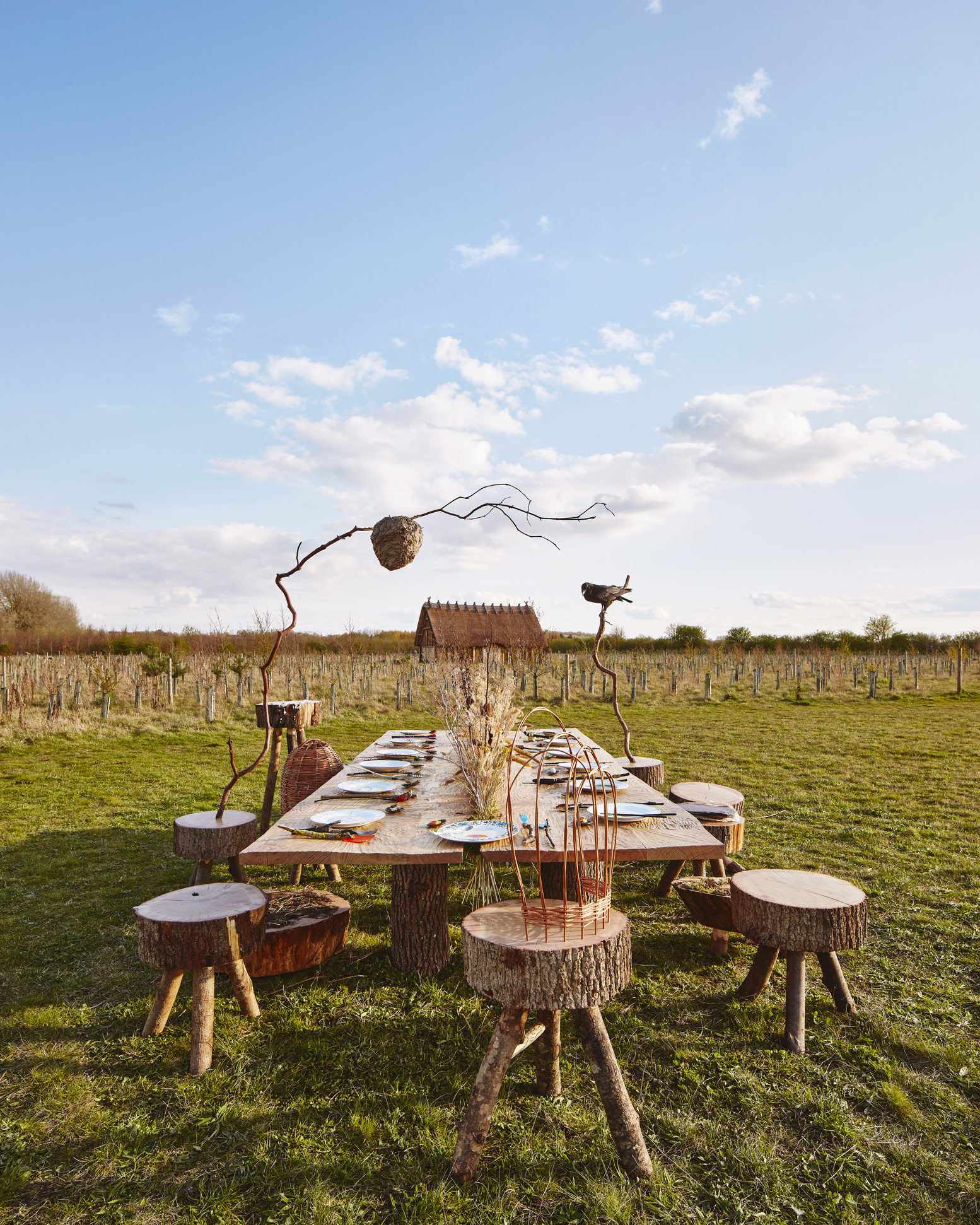 Refuge for Resurgence (2021) - PH: Mark Cocksedge
Refuge for Resurgence (2021) - PH: Mark Cocksedge
DRAWING FESTIVE INSPIRATION FROM ALL OVER THE WORLD
Four iconic Molteni&C tables, set so as to reveal and enhance different aspects of conviviality.
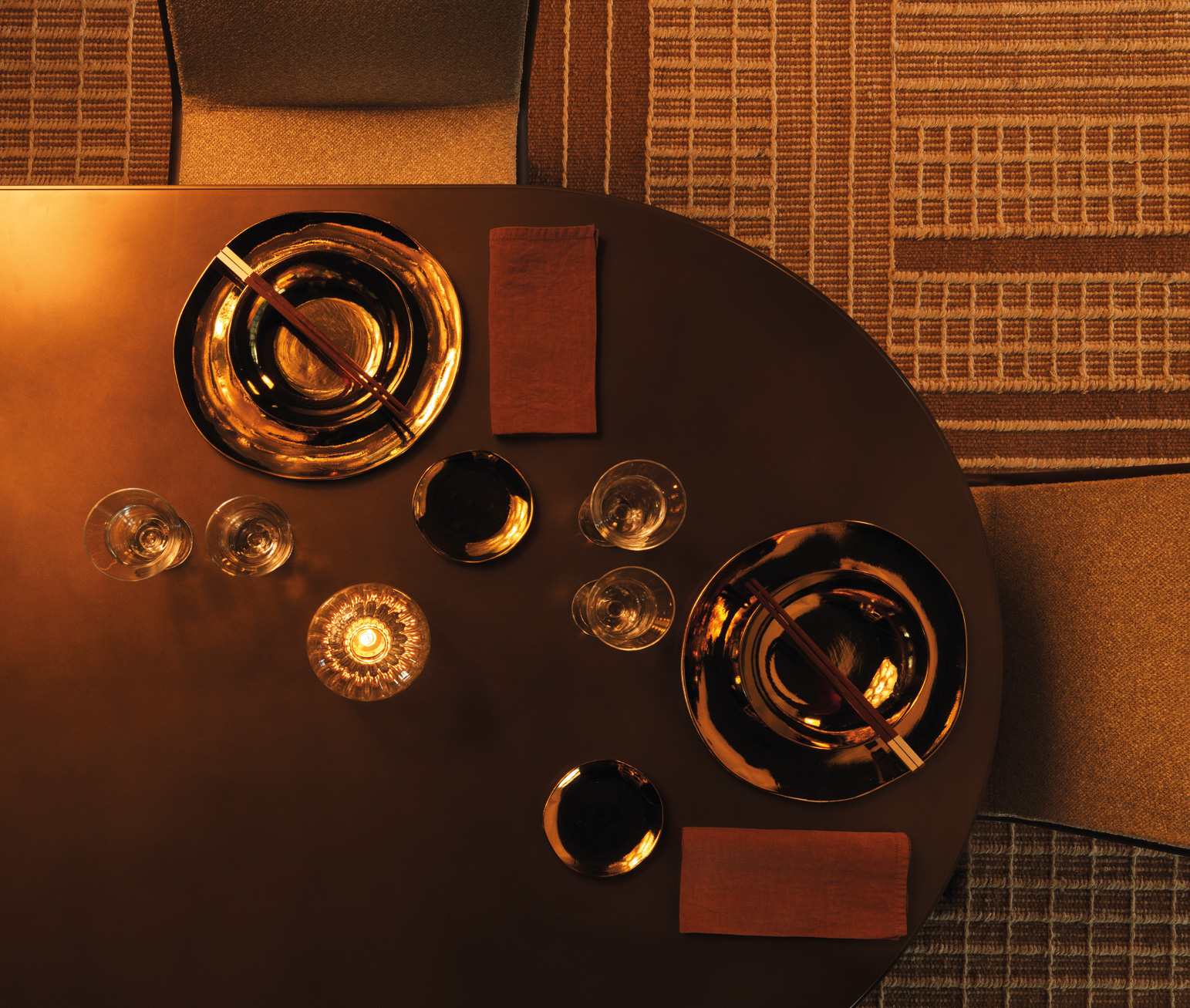 Blevio | Table - design Ignazio Gardella
Blevio | Table - design Ignazio Gardella
Featuring typical Italian design, the Blevio Table, by Ignazio Gardella and part of the Molteni&C Heritage Collection, is set with precious, textured gold plates accompanied by Chinese chopsticks and sculpted glasses, in an Asian-inspired composition.
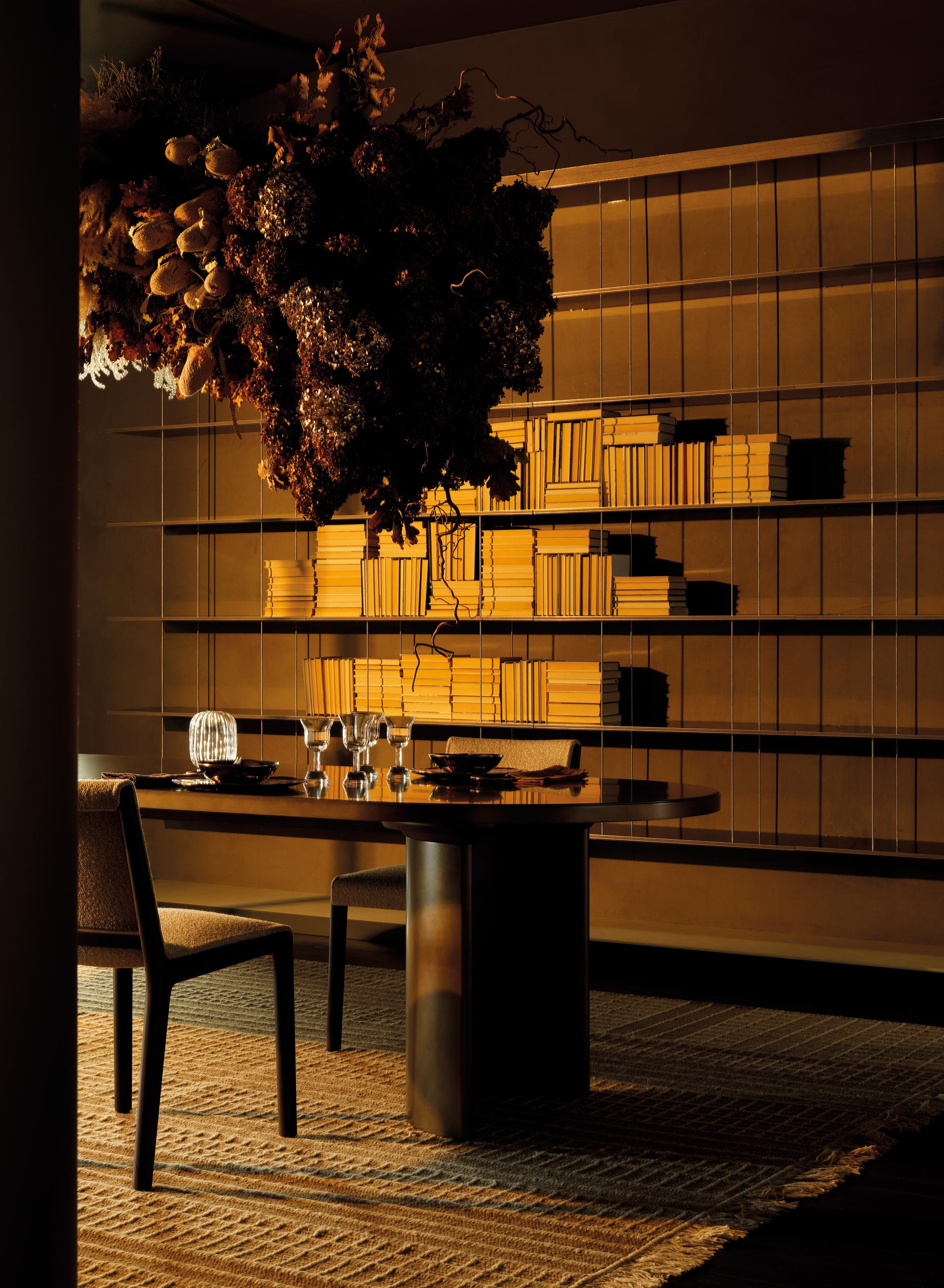
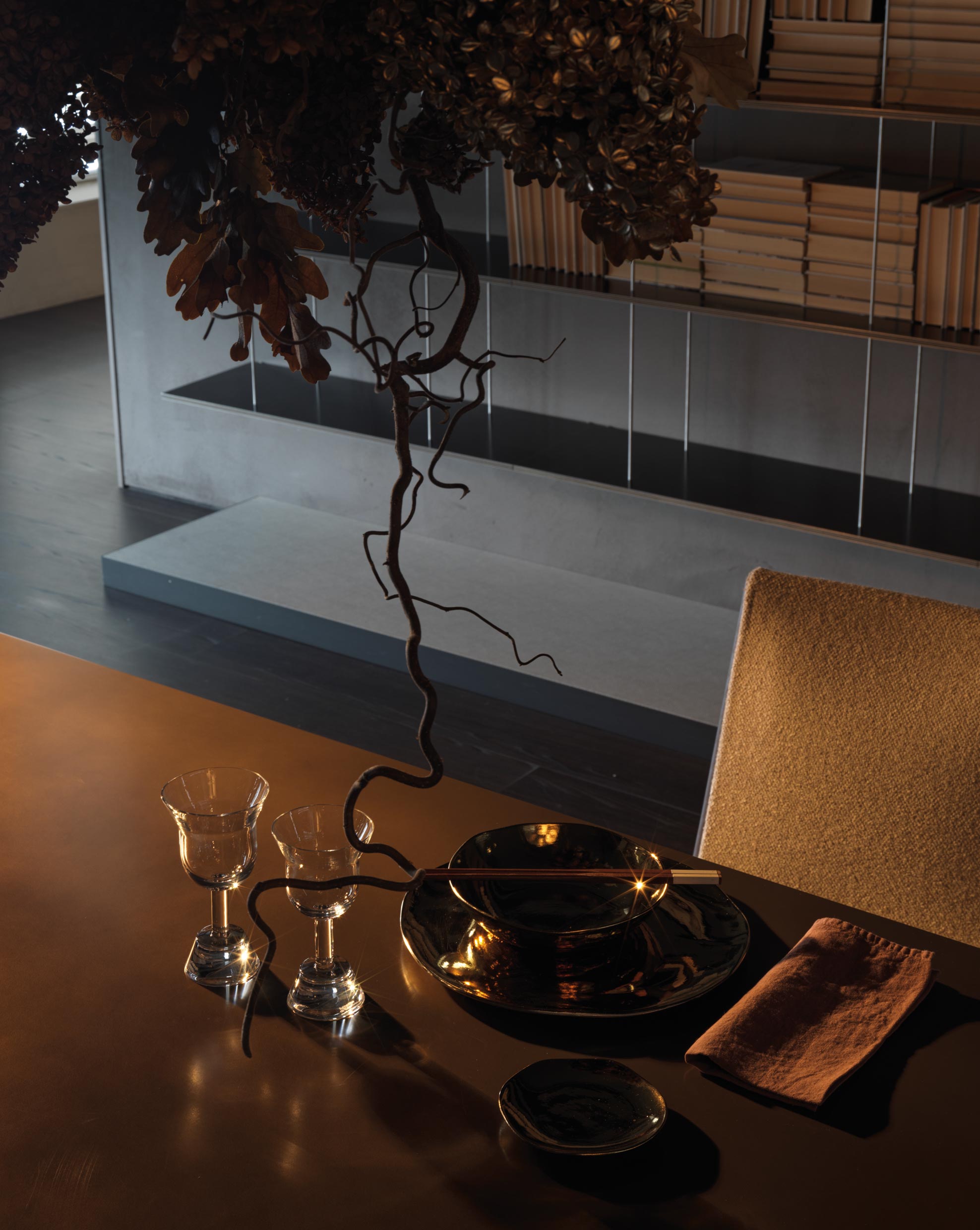
Half a Square, by Michael Anastassiades, exalts the 'after-dinner' moment with an evocative table featuring a selection of crystal and glass cocktail glasses, in a geometric composition that is illuminated by a delicate arrangement of candles.
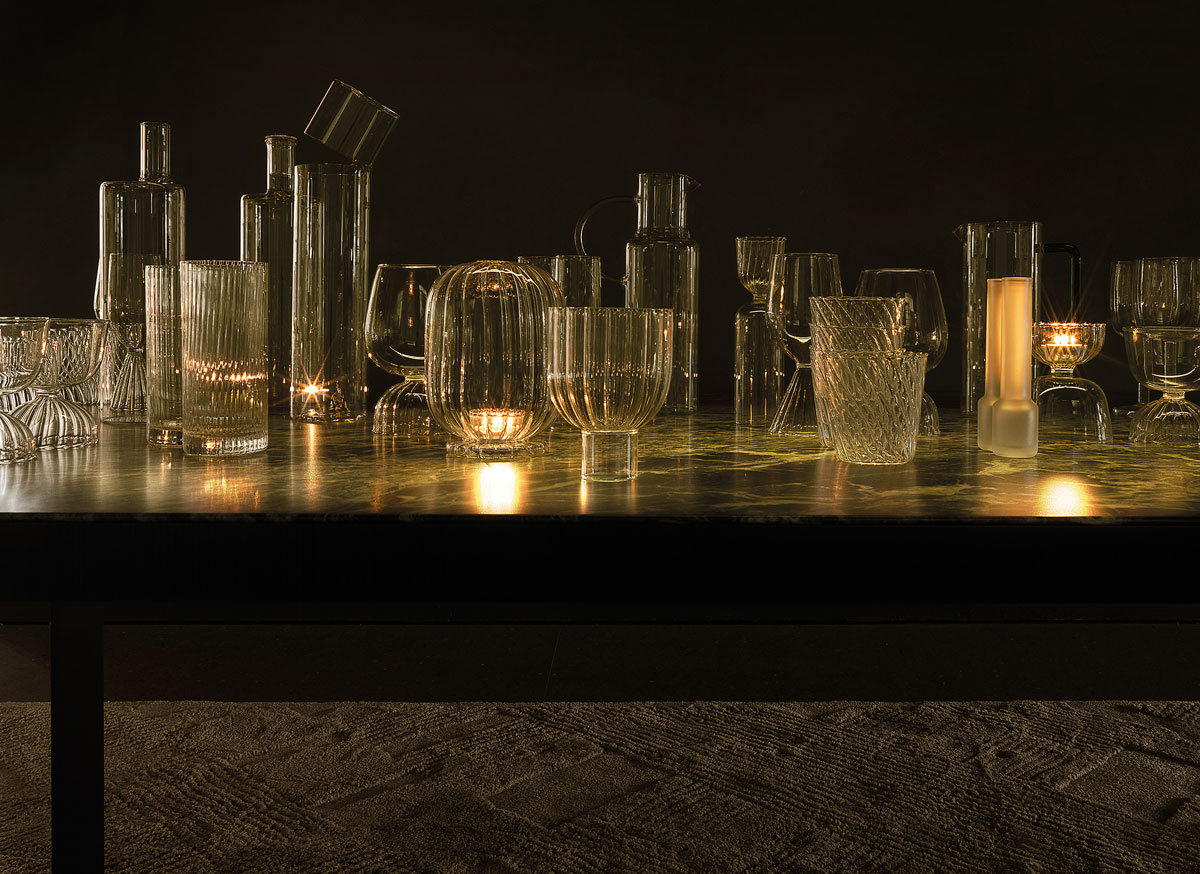 Half a Square | Table - design Michael Anastassiades
Half a Square | Table - design Michael Anastassiades
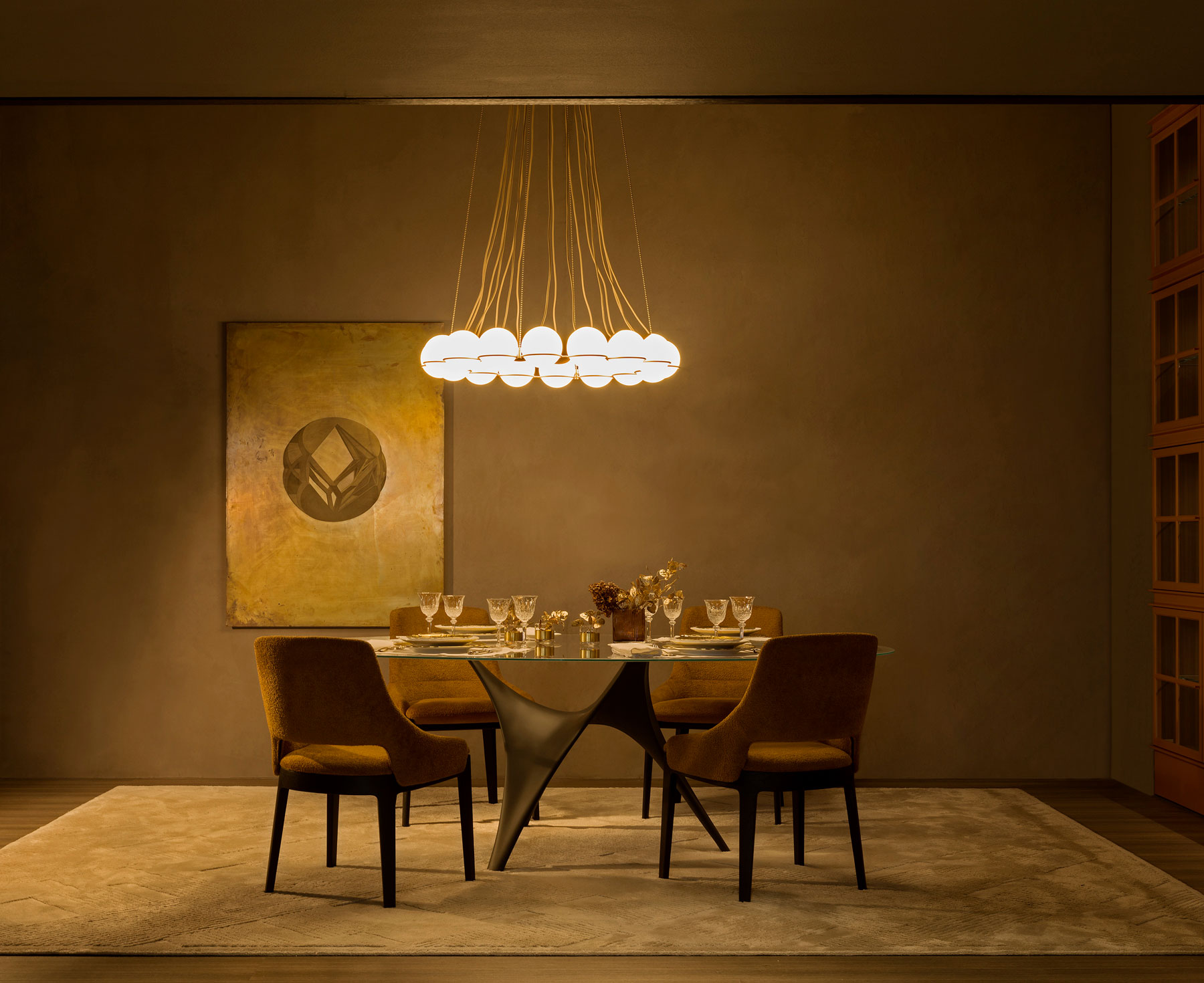 Arc | Table design Foster + Partner
Arc | Table design Foster + Partner
The oval version of Foster+Partners' Arc Table with a glass top evokes a history of family moments, with a decadent, yet informal setting in which the gold-embellished plates combine with the simplicity and texture of linen.
A design that amplifies Molteni&C’s sense of warmth and home, exalted by a monumental floral composition, in various arrangements, which this year also welcomes visitors to the flagship stores in Milan, London, Paris, New York, and Miami throughout the holiday season.

Author
Dr Catharine Rossi
Dr Catharine Rossi is Professor of Architecture at the University for the Creative Arts Canterbury, where she leads research in the School for Architecture and Design. A design historian, her research interests include contemporary design, post-war Italian design and architecture, craft, club culture, feminism and environmentalism. Publications include Designing Craft in Italy: from Postwar to Postmodernism (MUP, 2015), and the co-edited Post-Craft (Sternberg Press, 2022) and The Italian Avant-Garde (Sternberg Press, 2013).
Exhibitions include the co-curated At Home: Panorama de nos Vies Domestiques (Biennale Internationale Design Saint-Etienne, 2022) and Night Fever: Designing Club Culture 1960 to Today (VitraDesign Museum, 2018).

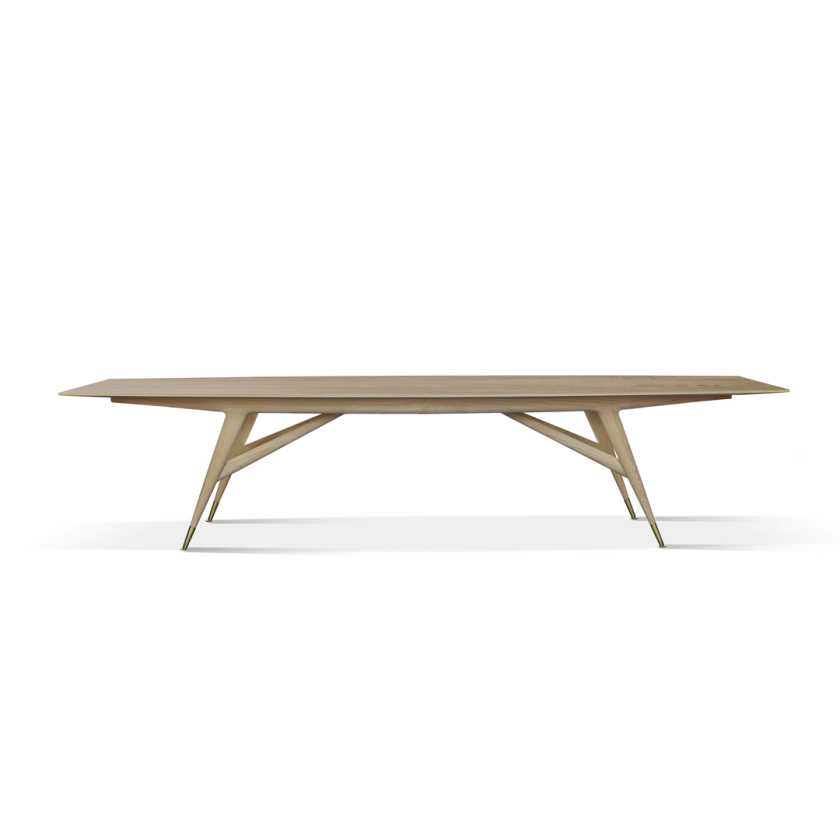
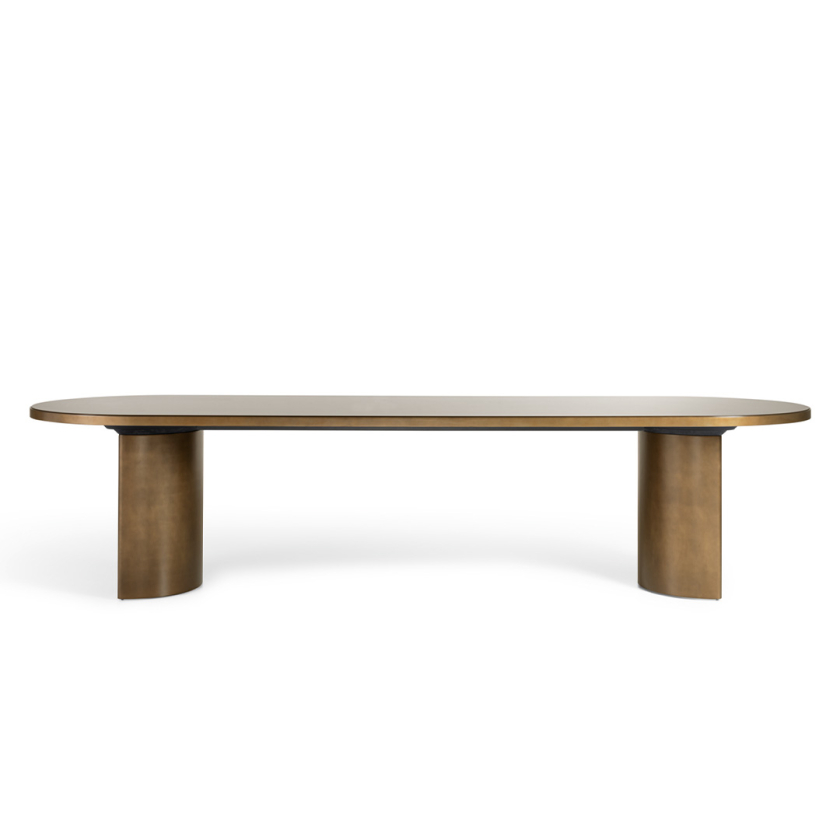
A two-dimensional representation, both visual and graphic, of a story spanning almost a century: this is the essence of the Museum 2D exhibition, curated by Ron Gilad.
Raw elegance of mineral and earth in the new Elemental exhibition curated by KALPA at the Vincent Van Duysen-designed Pavilion
To celebrate 90 years of Molteni&C, Rizzoli New York has published Molteni Mondo – An Italian Design Story, a book that is on sale worldwide from September 2024.
Thanks for your registration.